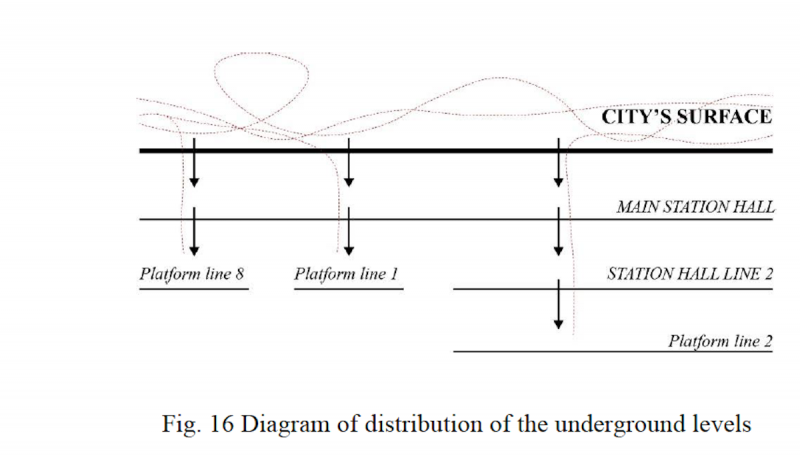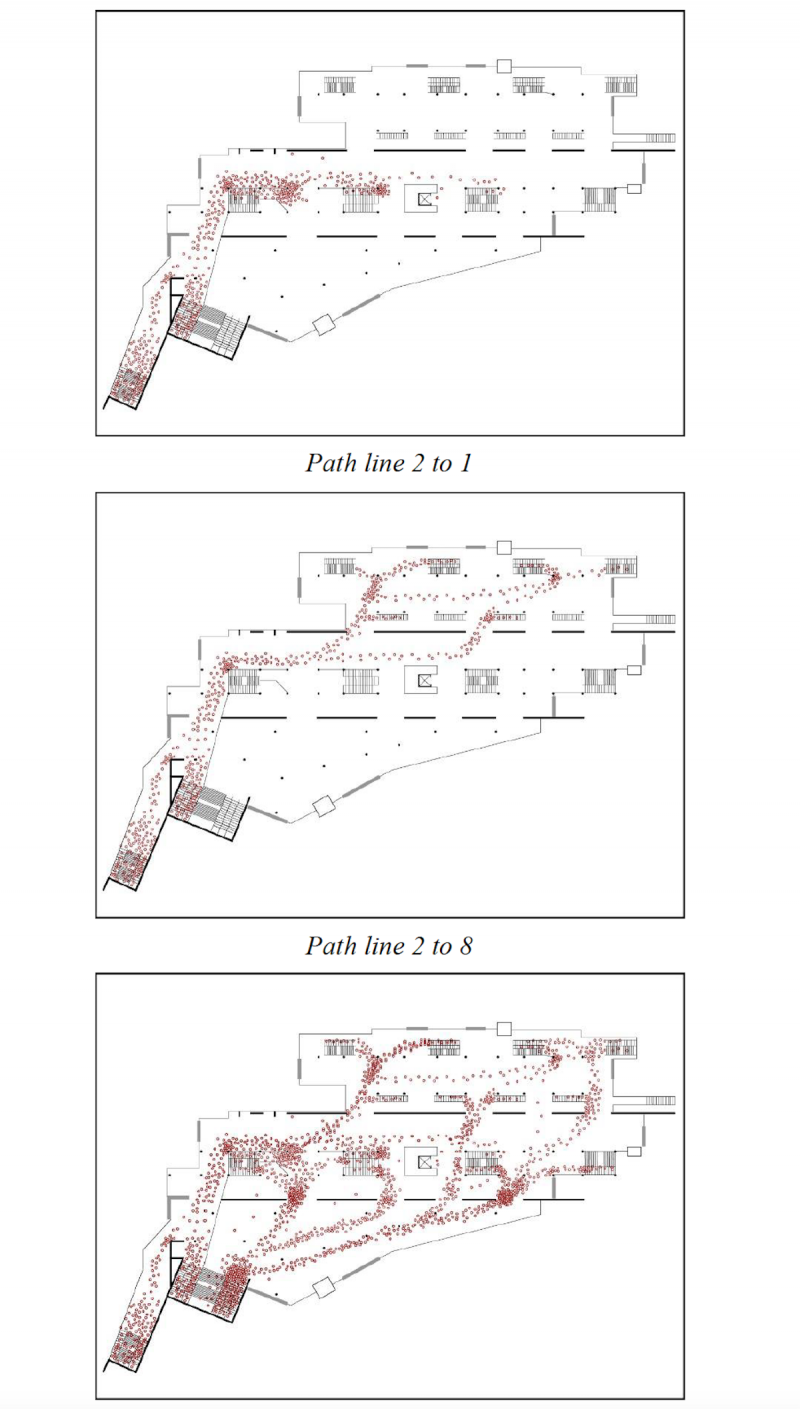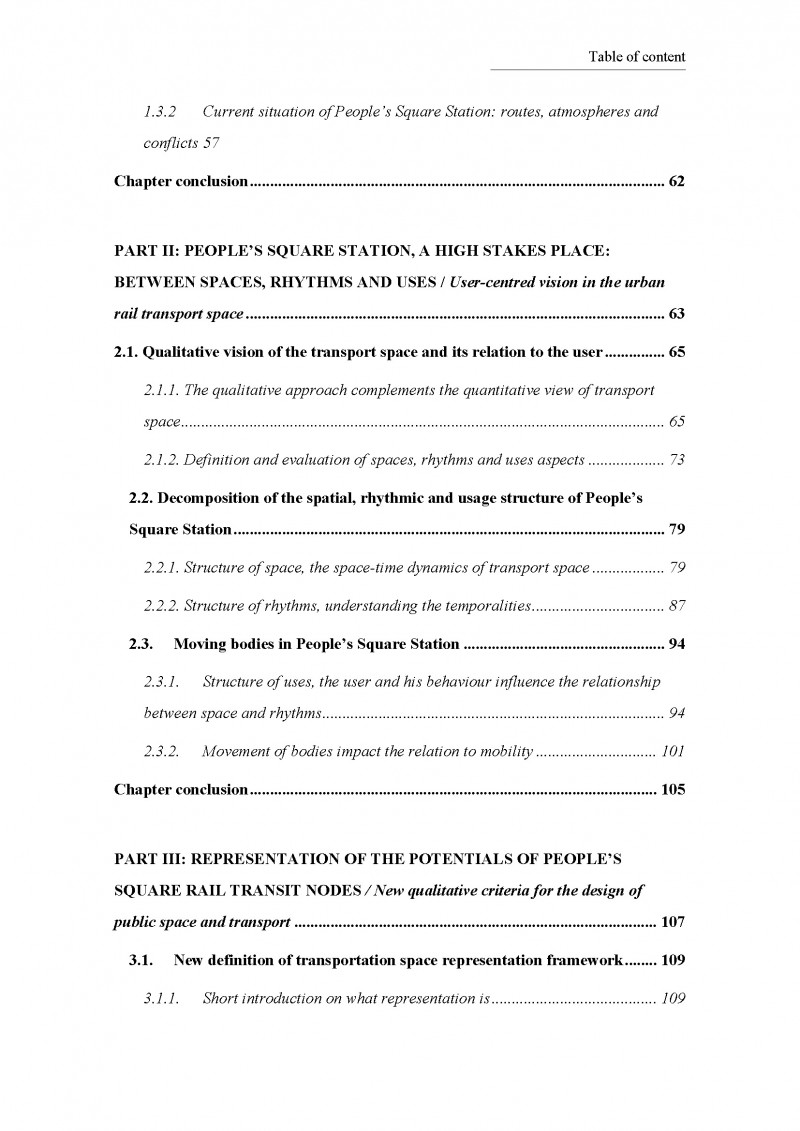Temporality of Urban Mobility
Our relationship with urban transportation spaces has evolved over time. Initially, the focus was simply on the need for construction, efficiency, performance and number of scales, but today the situation is undergoing significant Transformation. The diversity of urban lifestyles generates different rhythms of activity and a large number of differentiated uses of space. Our relation with public transport spaces (e.g. the metro) is no longer limited to the requirements of travel destinations, but is more concerned with the process of travelling with various activities. The rhythm of user life and usage overlap each other spatially. In multimodal public transport hubs, it is possible to analyse individual user behaviour by focusing on the rhythm of activities and the use of space, the temporality of these behaviours reshapes the static physical space in a spatially and temporally linked manner.
In order to deepen the understanding of the above issues, this study takes the Shanghai Metro People's Square Station, a multi-modal transportation hub, as a case study. The objective is to emphasize reflection and focus research on the nature and scale of the People's Square Station. It is the largest interchange in Shanghai and a major focus of traffic flow and congestion. By utilizing the underground space of People's Square and its connection to the shopping mall, it also has the potential to become a high-quality living space. The aim of the research is to demonstrate that this type of transport space can become a qualitative public space. This study deepens the understanding of this complex integration of traffic spaces by observing and analysing the three perspectives of space, rhythm and usage. A new structural understanding.
Moreover, in order to carry out the research, spatial expression will be the primary tool of language and communication as much as it is for architects and urban planners. Based on the above new spatial understanding, this study attempts to address the limitations of existing graphic expressions in the new dimensions of space, rhythm andusage. The paper proposes a new way of spatial expression and analyses the new spatial solutions that this way may inspire. the case study, an urban transportation hub, is chosen to illustrate the inadequacy of the existing spatial expressions. methods, discuss spatial qualities, propose new spatial expressions in relation to temporal aspects of rhythm and usage, and analyse the impact of new forms of expression. The implications of these spatial design approaches are presented and finally conclusions are drawn accordingly.



























